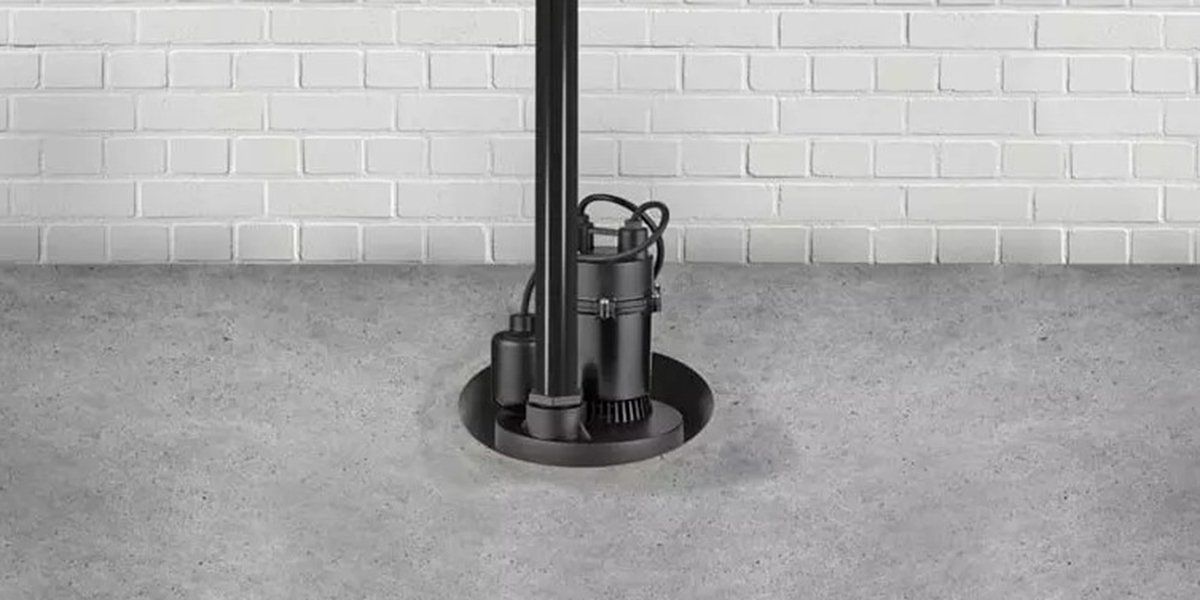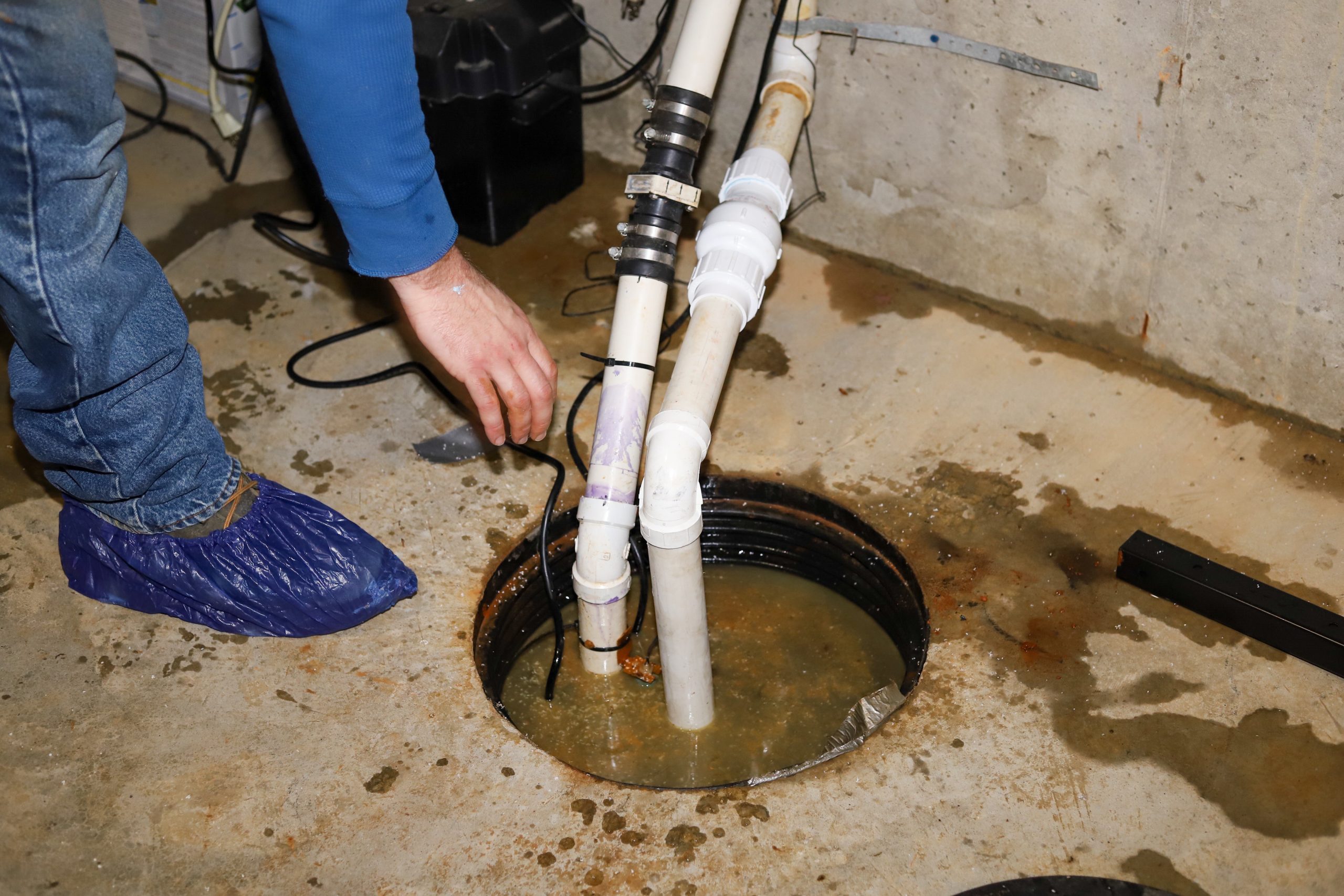Your Definitive Guide to Taking Care of a Sump Pump
Your Definitive Guide to Taking Care of a Sump Pump
Blog Article
Are you currently in search of resources around Steps to Cleaning Your Sump Pump Properly?

Sump pumps are critical components in several homes, specifically in areas vulnerable to flooding or too much dampness. They assist prevent water damage by effectively eliminating excess water from cellars or crawl spaces. Nevertheless, like any other appliance, sump pumps require routine upkeep to ensure they work efficiently when needed the most. Cleaning your sump pump is an essential part of its maintenance, and understanding just how to do it effectively can conserve you from costly fixings and potential disasters.
Introduction
Maintaining a tidy sump pump is essential for its proper functioning and longevity. Overlooking this necessary job can cause blockages, breakdowns, and inevitably, water damage to your home. Therefore, finding out exactly how to clean a sump pump is important for homeowners who count on these devices to keep their cellars completely dry and secured.
Indications of a Dirty Sump Pump
Understanding when your sump pump needs cleansing is crucial for preventing prospective breakdowns. Some usual indicators that show a dirty sump pump include weird sounds throughout procedure, reduced water circulation, and noticeable particles in the pit. If you see any of these signs, it's essential to cleanse your sump pump quickly to stay clear of any type of additional problems.
Getting ready for Cleansing
Before you begin cleaning your sump pump, it's vital to take some security preventative measures. Start by shutting off the power to the pump to prevent any kind of electrical crashes. Additionally, wear ideal protective equipment, such as gloves and goggles, to safeguard yourself from dust, debris, and prospective pathogens.
Comprehending the Sump Pump
Prior to diving into the cleansing procedure, it's vital to have a standard understanding of how a sump pump functions. Normally installed in a pit or basin below the cellar floor, a sump pump includes a number of crucial parts, consisting of a pump, a float switch, and a discharge pipe. When water gathers in the pit, the float switch activates the pump, which after that pumps the water out with the discharge pipe, far from the structure's foundation.
Step-by-step Overview to Cleaning Up a Sump Pump
Shutting Off the Power
Begin by detaching the power supply to the sump pump to prevent any type of mishaps while cleansing.
Looking For Proper Functioning
Before re-installing the pump, carry out a fast test to make certain that the float switch triggers the pump appropriately. Put some water right into the sump pit and observe the pump's operation. If whatever is operating correctly, you can reconstruct the pump and reconnect the power supply.
Removing Debris and Dust
Use a bucket or a scoop to remove any kind of visible particles, dust, or debris from the sump pit. Dispose of the particles effectively to prevent it from clogging the pump or the discharge pipe.
Cleansing the Pump and Float Switch Over
As soon as the pit is clear of debris, meticulously eliminate the pump from the pit. Examine the pump and the float button for any type of indicators of damage or wear. Make use of a soft brush or towel to cleanse the surface areas and eliminate any kind of gathered grime.
Purging the System
After cleansing the pump and float switch, purge the sump pit with tidy water to remove any type of staying dust or debris. This will help make certain that the pump runs efficiently and efficiently.
Upkeep Tips to Keep Your Sump Pump Clean
Along with regular cleaning, there are numerous maintenance suggestions you can follow to keep your sump pump in ideal problem:
Conclusion
Cleaning your sump pump is a vital facet of its upkeep and makes sure that it operates efficiently when you need it one of the most. By adhering to the steps outlined in this guide and incorporating regular maintenance right into your routine, you can extend the life-span of your sump pump and protect your home from water damages.
6 STEPS ON HOW TO CLEAN A SUMP PUMP PROPERLY
UNDERSTANDING SUMP PUMPS
Your sump pump plays a crucial role in protecting your home by managing and removing excess water. It primarily functions as a “shield”, guarding your basement against the damaging effects of water accumulation. The pump is housed in a sump pit in the lowest part of your basement, and its job is to pump out any water that collects there.
During heavy rainfalls or when snow melts rapidly, water can infiltrate your basement, posing potential risks like flooding, structural damage, and harmful mold growth. Here, the sump pump springs into action, pumping out the intruding water and directing it away from your home.
SAFETY FIRST
Before cleaning, remember to prioritize safety. Disconnect the sump pump from the power source to prevent any accidental electric shocks. Also, wear sturdy gloves to protect your hands from any sharp or dirty components within the pump.
REMOVE THE SUMP PUMP
After ensuring your safety, the next step is to remove the sump pump from its pit. Doing this might require careful maneuvering as you don’t want to damage any pump components. Once removed, clean the sump pit to remove any accumulated debris or sludge.
INSPECT THE PUMP
Inspect the pump for any visible signs of wear or damage. Check the power cord, float switch, and impeller housing. If any components look worn out or damaged, consider replacing them to ensure optimal performance.
CLEAN THE PUMP
Thoroughly clean the pump with warm, soapy water. Make sure to rid it of any dirt, gravel, or other debris that might impede its performance. You can use a toothbrush to clean the small, hard-to-reach parts of the pump.
REINSTALL THE SUMP PUMP
Reinstall the pump into the sump pit Make sure it’s positioned correctly to remove the water effectively Once it’s back in place, reconnect it to the power source TEST THE PUMP
Finally, pour some water into the pit to ensure the pump works correctly. It should start automatically and begin pumping out the water; if it doesn’t, check the power source and the positioning of the pump.
Remember, while cleaning your sump pump is an essential part of home maintenance, hiring a professional plumber for a thorough inspection and cleaning at least once a year is also important. This will ensure that your pump is in optimal condition, ready to protect your home from potential water damage.
BEST PRACTICES FOR CLEANING SUMP PUMP DISCHARGE PIPES
Regular Inspection: Regularly inspect your discharge pipes, especially during heavy rainfall or snowmelt periods. Look for any signs of blockage or damage. Early detection of problems can prevent serious issues down the line. Periodic Cleaning: Over time, sediment and debris can accumulate in the discharge pipes, impeding the flow of water. Regular cleaning helps keep the pipes clear and functioning efficiently. You can use a high-pressure water jet to effectively clean the pipes. Insulation During Winter: In colder climates, discharge pipes can freeze, blocking the outflow of water. Protect your discharge pipes from freezing temperatures by insulating them with foam pipe insulation. This will ensure the sump pump can continue to discharge water even in freezing conditions. Proper Positioning: The discharge pipe should be positioned to direct water away from your home’s foundation. Improper positioning can lead to water seeping back into the basement. Ensure the pipe is long enough and angled correctly. Installation of a Check Valve: A check valve prevents water from flowing back into your sump pit after the pump has pushed it out. Installing a check valve helps maintain the efficiency of your sump pump and reduces the risk of flooding. Minimize Pipe Turns: Every curve or turn in the discharge pipe can decrease the efficiency of water flow. By minimizing turns and bends in your discharge pipe, you can increase the efficiency of your sump pump. https://www.fullspeedplumbing.com/how-to-clean-a-sump-pump-properly9999/

I was introduced to that editorial about from a good friend on our other web page. Those who liked our page if you please do not forget to pass it around. Thank you so much for taking the time to read it.
Find Out More Report this page